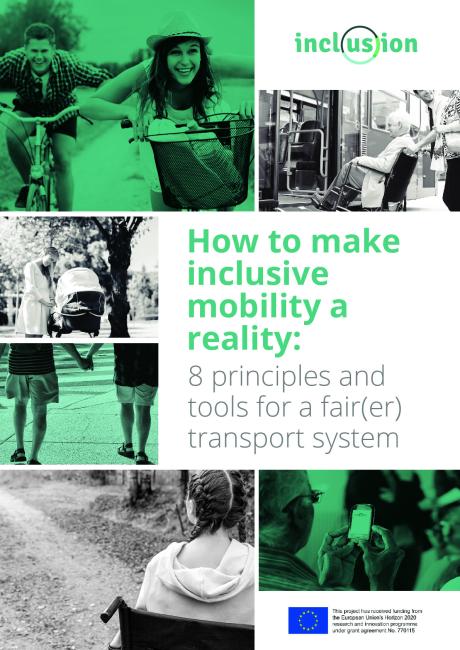This paper looks at the mobility situation for user groups including older people, children, students, women and care givers, physically or sensorially disabled and cognitively impaired people, migrants, job seekers, people in rural areas, those without a driver’s license and people with a low income. These user groups have varying needs in terms of accessibility, affordability, convenience, efficiency, empowerment, empathy, gender equity and safety. The resource provides recommendations on how to make mobility more inclusive, accessible and fair. Furthermore, it evaluates experiences, lessons learned, and viable business models, in order to improve the social dimension of sustainable transport. Women’s safety and equitable access to transport are still the primary barriers for women’s mobility, with direct impacts on their participation in economic, social and political opportunities. Women also make more multiple-trip chains using public transport and are still the primarily responsible for caring for children or elderly relatives.
Sector
Infrastructure
Year
2020
Type
Report
